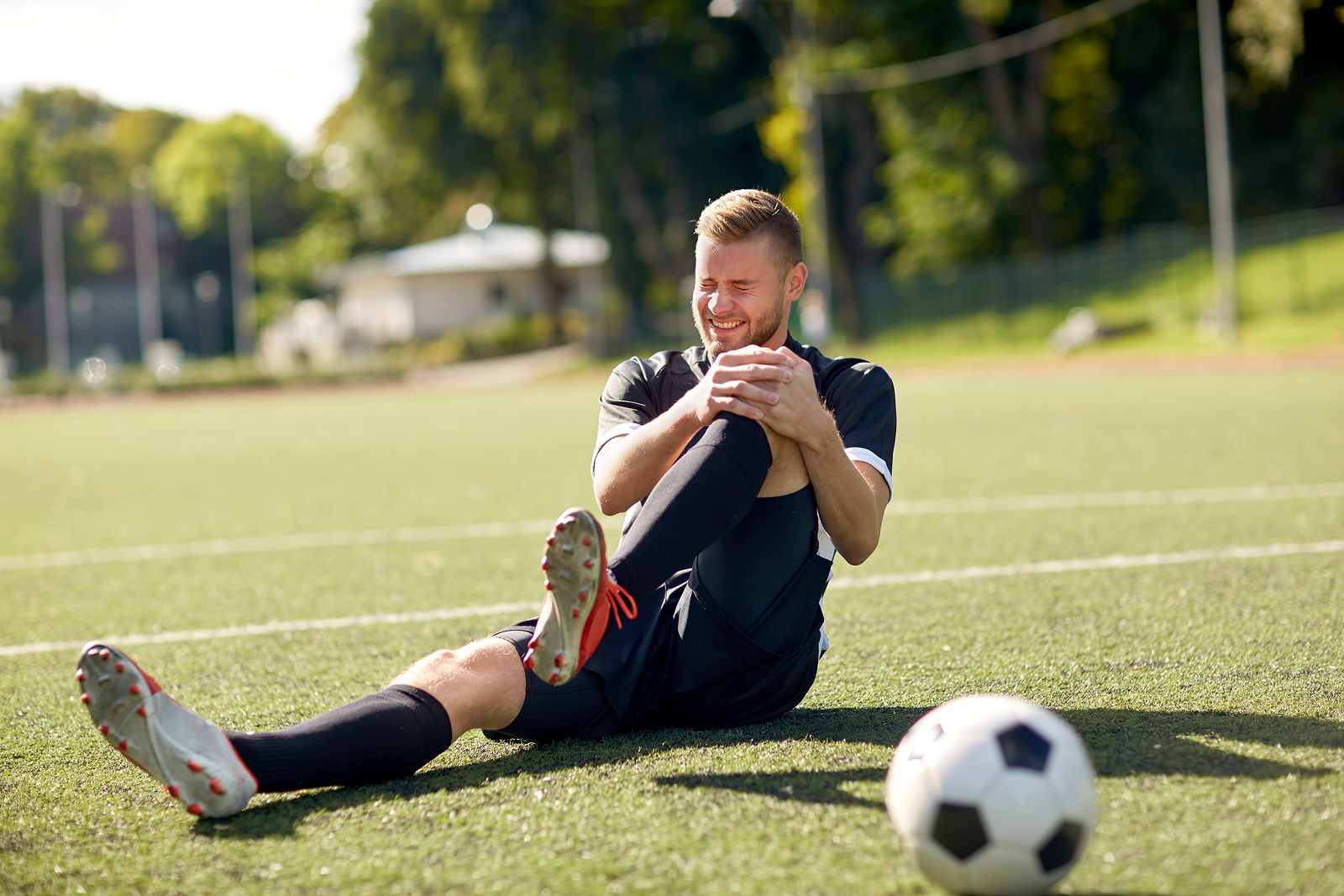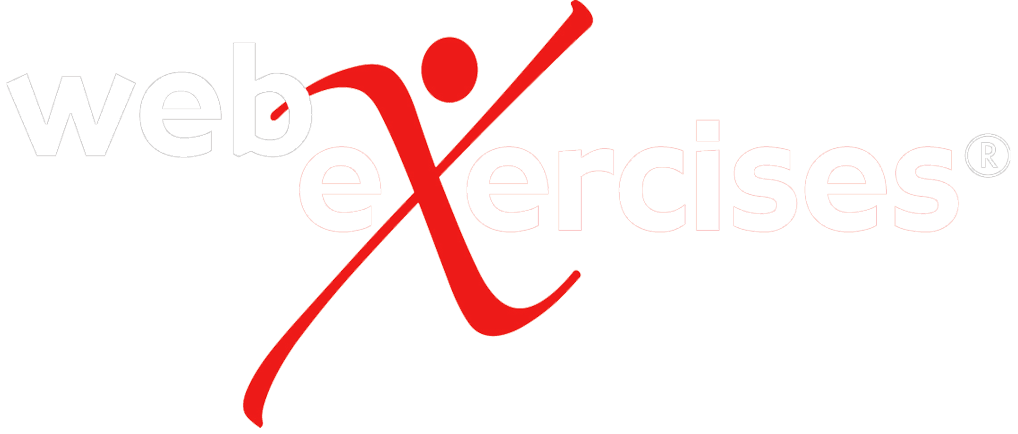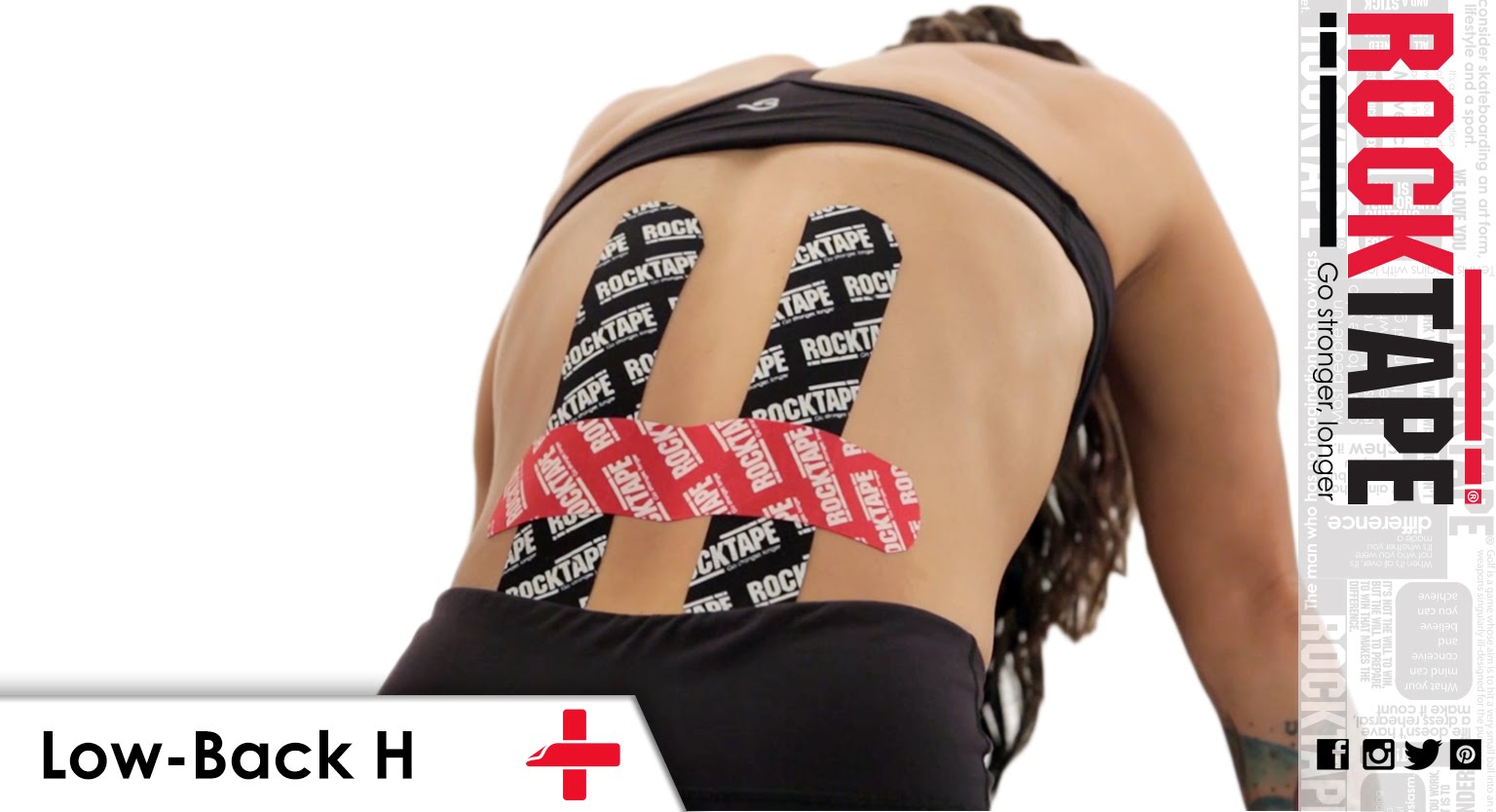
I’m always looking for ways to improve the outcomes for our post-operative patients. One of my irritations over the years has been with the braces that a lot of orthopedic surgeons place on knee patients while in the operating room, shortly after closing their incision and then require their use for 7-10 days (or longer).
I understand the thought process of the post op brace. Oftentimes these patients are recovering from a repair to a ligament or some other structure that provides stability to the knee during gait. The idea is that if we can provide artificial stability to the knee via a brace while the ligament or other structures scar down and provide stability naturally, then we can protect the repair while starting the rehab process. Unfortunately, there are some issues with them.
There are several problems with post op braces:
- They rarely fit well, so they are a constant cause for patient irritation as they fall down and rub on their skin.
- They are expensive for something that is used for a week or so and then discarded (most post op braces are over $500).
- Even when they fit well, they are bulky, thus they almost always interfere with gait mechanics. It’s frustrating when I work hard on gait during their treatment session, just to lose it when they leave the door. Its very hard to work on something for 45 minutes in a treatment session, just to fight against their poor mechanics the other 23 hours and 15 minutes per day as they walk around with compromised mechanics.
- I am a firm believer that the connective tissue in our joints is there to provide stability, but in most of our joints they are intended to be a back up to the neuromuscular system. To use the knee as an example, the hamstring should be our primary stabilizing force to prevent anterior translation of the tibia, not the ACL. The ACL is there to provide that needed stability when the force becomes too much for the hamstrings to control. That is why some people are ACL deficient and function very well with normal daily activities. Because we need our neuromuscular system to give us stability, when we provide stability via a brace, we aren’t doing anything to stimulate it at a time where it is already compromised due to trauma. Anything you can do to stimulate the nervous system post operatively should be a priority. A great way to kick the post op brace to the curb is to utilize a kinesiology taping technique that we teach as part of the fluid dynamics taping section in the RockTape FMT Basic course. The idea is to use several long pieces of 4-inch-wide tape cut into small strips and laid down over the affected area or entire leg.

I typically start by anchoring them proximally high on the quad with one medial, one lateral and one on their upper hamstring. Run the strips down, covering as much surface area of the leg as possible by crisscrossing the strips as you lay them down (without any stretch and with the knee flexed as much as the patient will tolerate). Make sure you stay off from any incisions or portals until they are fully closed. You can get as close to them as you want without crossing over them.
Using this taping technique immediately after surgery does several things:
- It manages post-operative swelling very well because of the decompression effect of the tape.
- If the tape is placed close to incisions and portals, they will provide a decompression and shearing effect that will assist in managing scars.
- The tape is much more comfortable than a brace, so you won’t get the same level of complaints from the patient that you see with the brace.
- This technique does use a lot of tape, but the overall expense is greatly reduced to use tape over purchasing a brace.
The biggest impact that comes from the tape for the post op patient is the up regulation of the nervous system in the area that is taped which translates to increased stability and neuromuscular control. The quad, hamstring and gastroc are stimulated constantly, making them much more effective at their job. And we are less likely to see atrophy because of it.
Using this taping technique early in the rehab process will assist you in normalizing gait, restoring range of motion (due to decreased effusion), and most importantly, getting your patients squatting, hip hinging, and performing functional activities more quickly than before.
Because of all of these reasons, we have done away with all of our post-operative knee braces. This is a decision that must be made in conjunction with the surgeon who is performing the procedures, but with good reasoning, better patient outcomes and reduced patient costs, most surgeons can be convinced to make the transition.
Online Courses with Mitch Hauschildt, MA, ATC, CSCS
The WebExercises Story:
WebExercises was created by clinicians who wanted to find a better way to help patients succeed with their exercise rehabilitation programs. As clinicians we are limited with time therefore WebExercises was developed to efficiently design home exercise programs. We offer an engaging patient experiencethat can be monitored virtually by the clinician keeping your patients motivated outside of your office. Since 2005 we have delivered over 20 million exercises saving clinicians time and improving patient adherence. To find out more how WebExercises can improve your practice call us 866-411-4825 or visit webexercises.com/join

